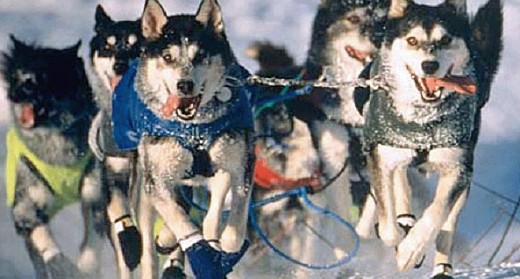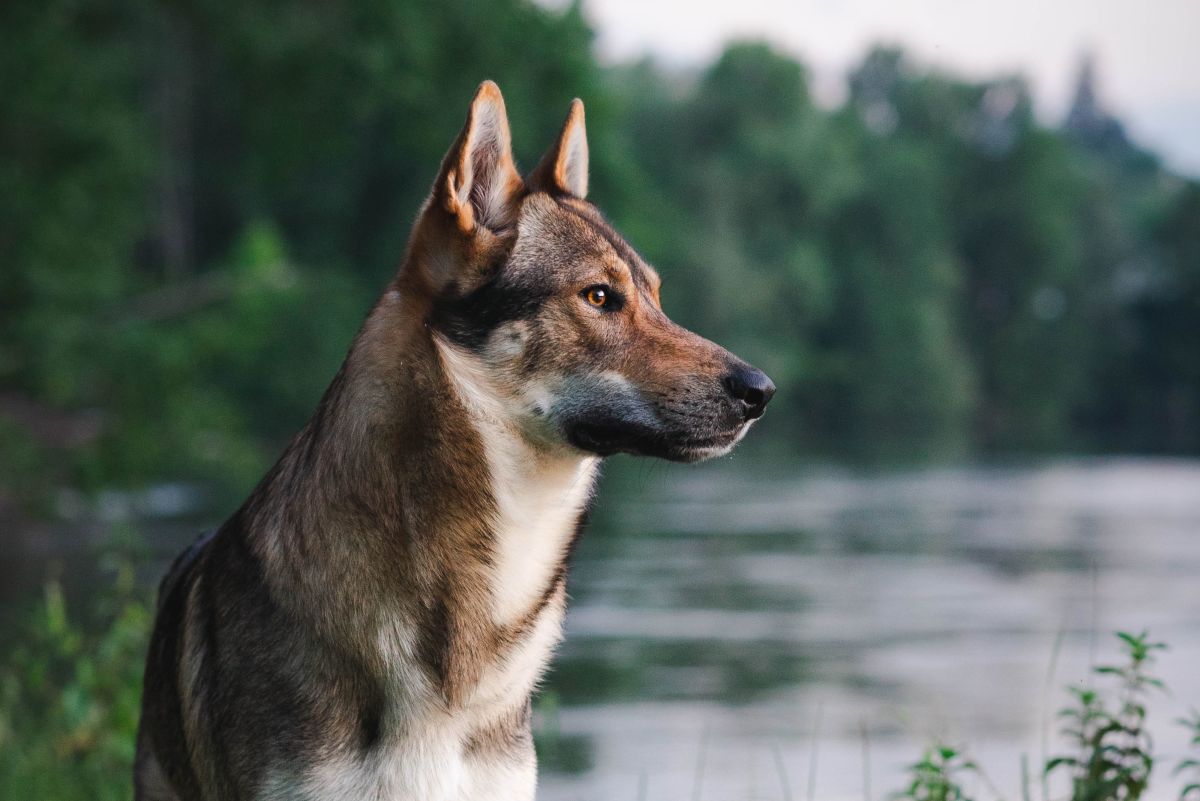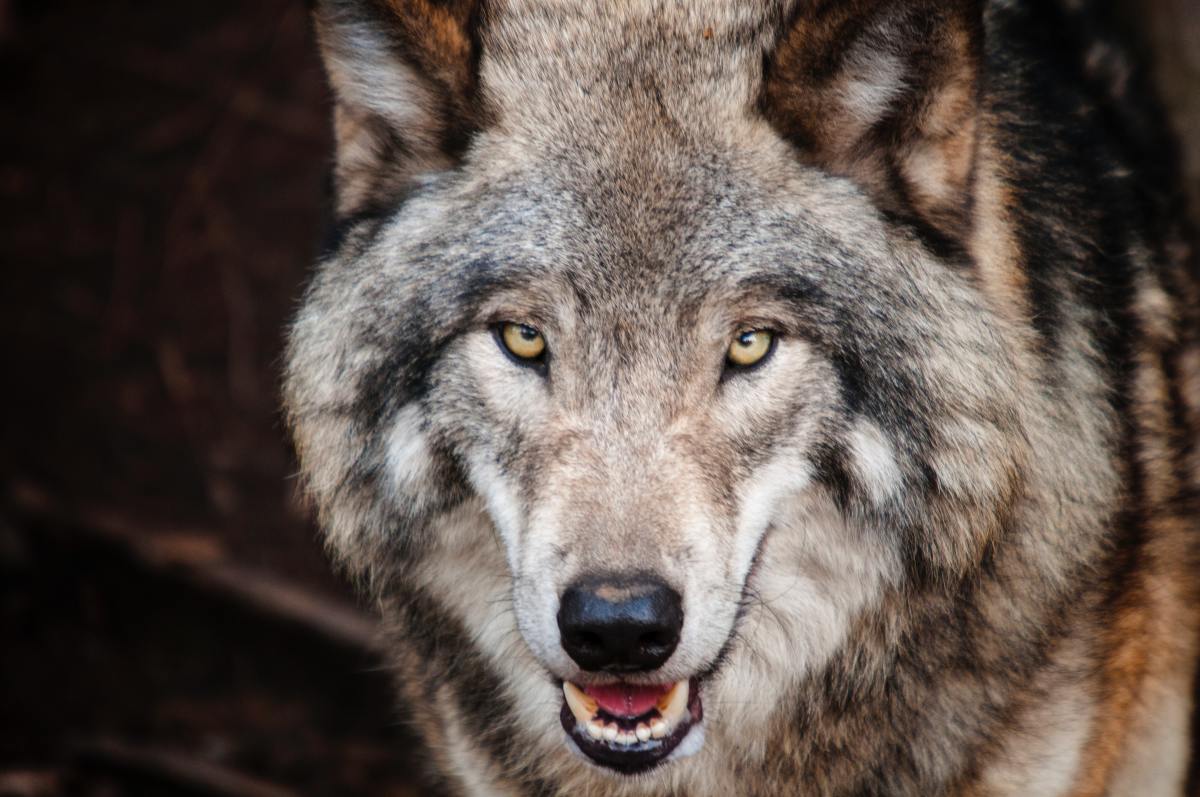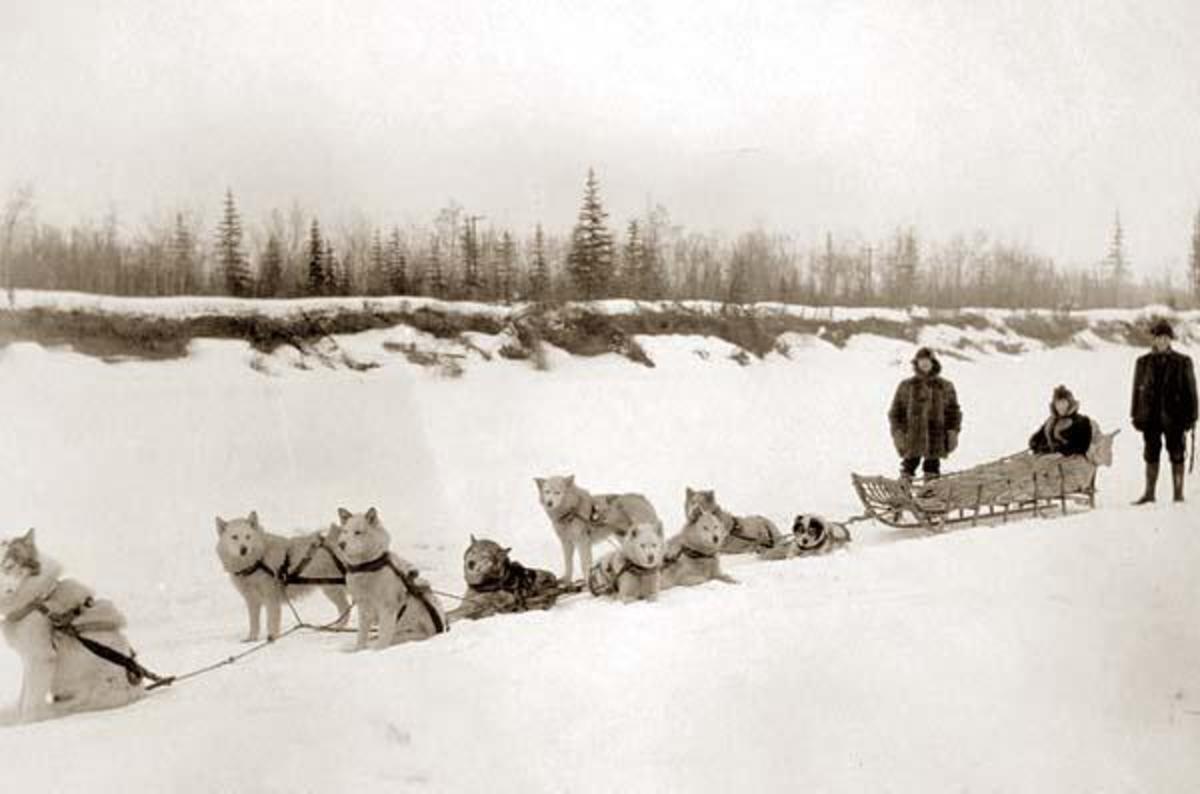Dog Sledding Dogs: The Canadian Eskimo Dog
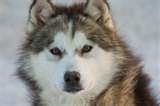
History
Canada has five indigenous breeds of dogs, one of them being the Canadian Eskimo dog. This dog heralds a unique heritage, appearing in Canada approximately in 1100-1200 A.D. It is the oldest and rarest purebred indigenous dog in North America. It is also commonly called the Canadian Inuit dog or the Qimmiq, which means “dog” in Inuit. The Canadian Eskimo was used for hunting, packing, travel and for protection by the Inuit people of the Canadian Arctic.

Abilities and Traits
Without a doubt, the Canadian Eskimo is a dog with great heart. This dog has unbelievable stamina and ability as a sledding dog. In addition to this, it is a perfect dog for hunting as it is is extremely skilled. It has a natural talent to locate seal breathing holes in the ice and assists the hunter in bringing down and assist during the kill. They do not frighten easily, and make great protectors from other predatory animals, including polar bears. They are fearless and are able to hold musk oxen at bay until the hunters are able to finish the kill. They are playful and are known to play with polar bears, even though they are chained on the picket line.
The Canadian Eskimo is a hearty dog that has adapted to its environment in many ways. As we know, the Canadian Arctic has a harsh climate, and it is even worse during the long winter months. This dog has a two layer system for its fur. It has an outer coat consisting of long, coarse guard hair which helps deflect the snow and wind. Deep underneath this coat is a soft, thick, short undercoat which acts as insulation, and in turn keeps the animal warm. Its skin produces oil that works through its coat which makes its fur and skin water repellant. This is vital in the cold climate as the animal can freeze and die if its fur and skin becomes wet.
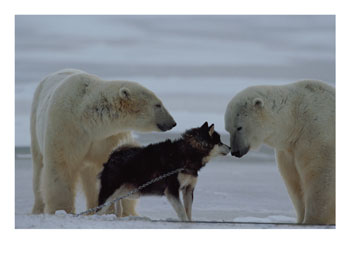
Temperment
The Canadian Eskimo is an alert, loyal, intelligent, brave and tough animal. It is a determined dog, which is a genetic trait that it has developed for survival in its unforgiving climate. This dog is extremely strong – it can pull twice its weight in a harsh climate through uncut terrain and travel up to 70 miles per day when sledding. It is able to work even if its supply of nourishment dwindles; however, it has a very high prey drive.
This dog has a coat coloring that comes in a variety of solid or a combination of colors including black, white, red, gray, silver, and cinnamon (lighter red). The eyes are generally dark brown, black or yellow but never blue.
Achievements
In the 1800s and 1900s, the Canadian Eskimo was the choice dog for many expeditions that took place in the northern Arctic and the southern Antarctica. It is the only dog to have been used for expeditions in both cold climates.
The Canadian Eskimo dog is a Canadian treasure and has been honored with a stamp in 1988 and has also been minted on the fifty cent piece in 1997. On May 1, 2000, the Canadian Territory of Nunavut adopted the Canadian Eskimo dog as the symbol of the territory.
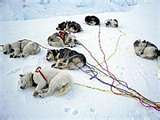
Decline in the Breed Population
In the 1950s, there were over 20,000 Canadian Eskimo dogs in the Canadian Arctic. As technology advanced and the snowmobile was introduced, the need for the dog became less. In addition, new breeds of dogs were introduced to the northern climate. Along with the new breeds came diseases that the Canadian Eskimo had never encountered and much to its detriment began to cause a decline in the Canadian Eskimo’s numbers. In 1963, there was only one purebred Canadian Eskimo dog registered with the Canadian Kennel Club. When this dog died, there were no others registered.
By 1970, the Canadian Eskimo purebred dog breed was headed for extinction, with fewer than 200 purebred dogs remaining and living in the villages of the Inuit. Many of the dogs had died of diseases or were cross-bred, resulting in fewer purebred dogs. In 1972, William Carpenter and John McGrath founded the Canadian Eskimo Dog Research Foundation Kennel Club who purchased some of the remaining purebred dogs from the villages to begin the preservation of the breed. With the help of the Canadian government, the Northwest Territories territorial government and the Canadian Kennel Club, the first dogs of this project were registered with the Canadian Kennel Club in 1986. The goal of the CEDRF, is to maintain a diverse genetic pool to preserve this rare and unique breed. As of today, the Canadian Eskimo dog is still near the verge of extinction with less than 300 registered dogs, which 279 are registered with the Canadian Kennel Club.
The Future
More effort of exposing this breed to ensure its survival is required. There is a flicker of hope on the horizon as more tourists to the Arctic are visiting and touring by dog sled. Most dogs used are not Canadian Eskimos, though some are. This gives rise to a hope that this majestic and loyal breed, a Canadian heritage gem, will continue to grow and regain a spot in the world of purebred dogs.
Beth100
Copyright 2010
